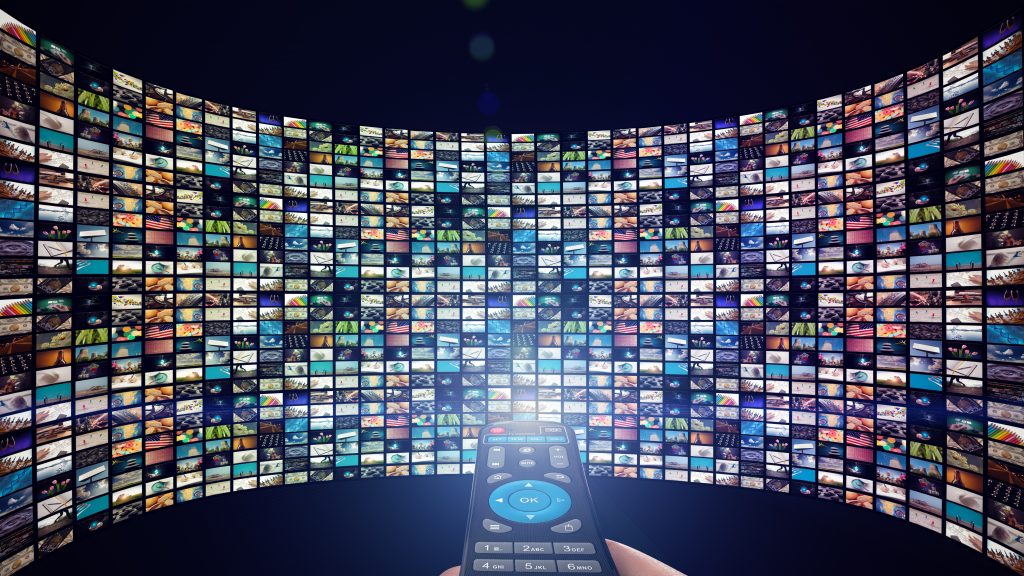4 mins read
April 19, 2024
The proliferation of artificial intelligence (AI) in domains traditionally dominated by human creativity has triggered a profound and polarizing debate. Is AI a threat that undermines human artistry, or is it an unprecedented opportunity that can enhance and expand the creative landscape? This dilemma is critical as we tread further into an era where AI’s capabilities in generating content — whether it’s in writing, visual arts, music, or film — are evolving with startling rapidity. Exploring this issue requires a deep dive into the impacts of AI on various aspects of creativity, including employment, collaboration, artistic expression, and the fundamental nature of creativity itself.
Understanding AI-Generated Content
AI-generated content encompasses any creative output — from text to images, music to multimedia — produced with substantial intervention from artificial intelligence technologies. This includes everything from AI writing tools that assist in drafting professional or creative writing to sophisticated algorithms capable of composing music, creating digital art, or even generating human-like videos.
Opportunities Presented by AI in Creative Fields
- Enhanced Creativity and Productivity: AI’s ability to automate the more mundane or labor-intensive aspects of creative work can dramatically increase productivity and creative freedom. For example, in the film industry, AI can quickly edit hours of footage based on pre-set criteria, allowing human editors to focus on creative storytelling nuances that AI is less equipped to handle.
- Accessibility and Democratization of Creativity: By simplifying the technical aspects of creative processes, AI tools lower barriers to entry for aspiring creatives who may lack traditional skills but are rich in ideas. This can lead to a more inclusive and varied set of voices in creative fields, potentially leading to a richer tapestry of cultural and artistic expression.
- Birth of New Art Forms: AI can assist or even lead the creation of new forms of art, offering aesthetic and conceptual possibilities that were previously unimaginable. Whether it’s creating complex digital landscapes or generating new forms of interactive media, AI can push the boundaries of traditional art into new, unexplored territories.
Challenges and Threats from AI
- Potential for Job Displacement: The fear that AI might replace human jobs in creative sectors is not unfounded. In graphic design, for instance, AI can produce numerous design iterations faster than human designers, potentially reducing the need for human input. The challenge will be to ensure that AI integration does not lead to widespread unemployment but instead augments human skills and frees up creatives for higher-order tasks.
- Ethical and Intellectual Property Concerns: The rise of AI in creative domains brings up complex questions about authorship and copyright. Determining the ownership of AI-generated content — whether it belongs to the AI developer, the AI user, or the AI itself — is an unresolved legal and ethical puzzle. Furthermore, AI’s capability to replicate and remix existing artistic styles raises concerns about originality and the potential for copyright infringement.
- Devaluation of Human-Created Art: If AI can generate art in large quantities and at a lower cost, there is a risk that the market may become flooded with AI-created works, potentially devaluing the perception of human-created art. This could make it increasingly difficult for artists to sustain themselves solely through their creative outputs, particularly in competitive commercial markets.
Striking a Balance: Integration and Adaptation
The integration of AI in creative industries must be approached with a strategy that fosters collaboration rather than competition between human creatives and AI tools.
- Evolving Educational and Professional Training: As AI becomes a staple in creative processes, educational institutions and professional development programs must adapt. Training programs should focus on equipping creatives with the skills to use AI tools effectively and to integrate AI into their creative workflows in ways that enhance their innate human creativity.
- Developing Regulatory Frameworks and Ethical Guidelines: To address the ethical complexities introduced by AI, there must be robust frameworks governing the use of AI in creativity. These should include updated copyright laws tailored to address AI issues, guidelines for ethical AI use, and standards for transparency about AI involvement in creative outputs.
- Promoting Human-AI Collaboration: Viewing AI as a collaborative tool rather than a replacement can lead to a more productive coexistence. This approach envisions AI as a creative partner that offers options and executes tasks, while human creatives make final judgments and infuse emotional depth and cultural relevance into the work.
Conclusion: A Cooperative Future
AI-generated content is a multifaceted phenomenon that presents both significant opportunities and formidable challenges. For creatives, AI offers tools to transcend traditional artistic limitations and engage in novel ways with their crafts. However, it also poses risks that could potentially undermine the financial viability of creative careers and the unique value of human artistry.
Navigating this complex terrain requires a focus on collaboration and thoughtful integration of AI into the creative processes. By fostering a synergistic relationship where AI enhances rather than eclipses human creativity, the future can accommodate a richer and more inclusive artistic landscape. In this evolving narrative, the most promising path forward is not one where AI replaces humans but one where it serves as a dynamic ally, pushing the boundaries of what’s creatively possible.



